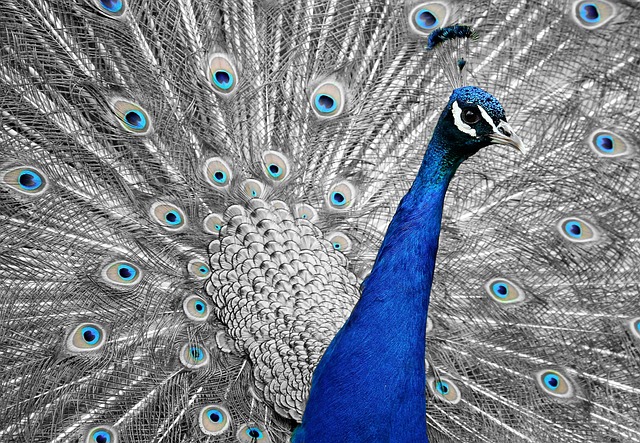The Elegance of Curved Lines in Fine Arts and Culture
When we think about drawing and the world of fine arts, the curved line often goes unnoticed compared to straight edges or bold shapes. Yet, its subtle grace and dynamic flow hold a unique place in artistic expression, breathing life and emotion into every piece it touches.
Curved lines offer a softness and fluidity that can evoke feelings of calm, movement, and organic beauty. Unlike rigid straight lines, which convey stability and structure, curved lines invite the viewer to wander through the artwork, creating an intimate connection between the observer and the piece.
Curved Lines in Fine Arts
From classic paintings to contemporary drawings, the use of curved lines shapes the visual narrative. Artists harness their ability to suggest natural forms—like the gentle sway of a tree branch or the elegant contours of the human body—to convey emotion and depth.
Consider the masterful works of artists like Henri Matisse, who celebrated bold, flowing curves to depict vitality and movement. The curved line becomes a tool not just for representation, but for expression, challenging the viewer to feel the rhythm and grace embedded within the artwork.
Cultural Symbolism of Curved Lines
Across various cultures, curved lines carry rich symbolic meanings. In many Eastern traditions, spiral and flowing curves represent the cycle of life, harmony, and the interconnectedness of all things. Indigenous art also often incorporates curved patterns to tell stories, connect with nature, and express spiritual beliefs.
These cultural dimensions illustrate how the curved line is more than a mere artistic technique—it is a language of emotion and identity. It helps artists from diverse backgrounds articulate their lived experiences and cultural heritage, inviting viewers to partake in a visual dialogue.
Rediscovering Curved Lines in Our Drawings
For anyone passionate about drawing, embracing the curved line can transform your work. It encourages a freer, more intuitive approach that goes beyond precision and control. By integrating curved lines, you nurture an artistic voice that balances structure with softness, order with spontaneity.
In a world that often values sharp angles and hard edges, the curved line reminds us of the beauty in flexibility and flow. It calls us to appreciate the elegance found in nature and culture, enriching our drawings with layers of meaning and emotion.
So next time you pick up your pencil or brush, let the curved line guide your hand. Allow it to shape your vision and invite a deeper connection with the fine arts and the vibrant cultural expressions that have inspired artists for centuries.




